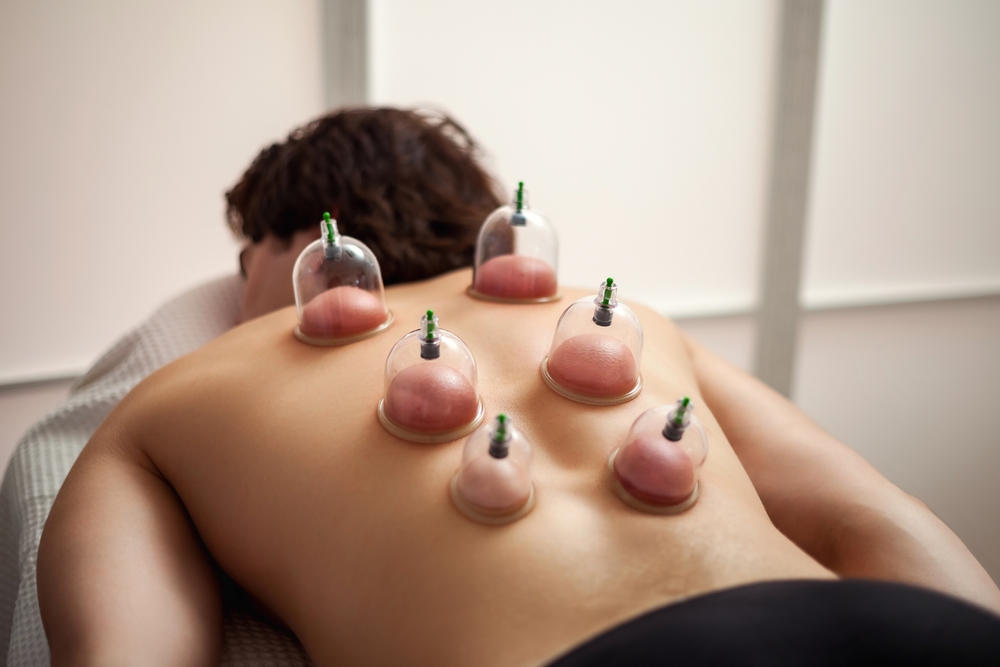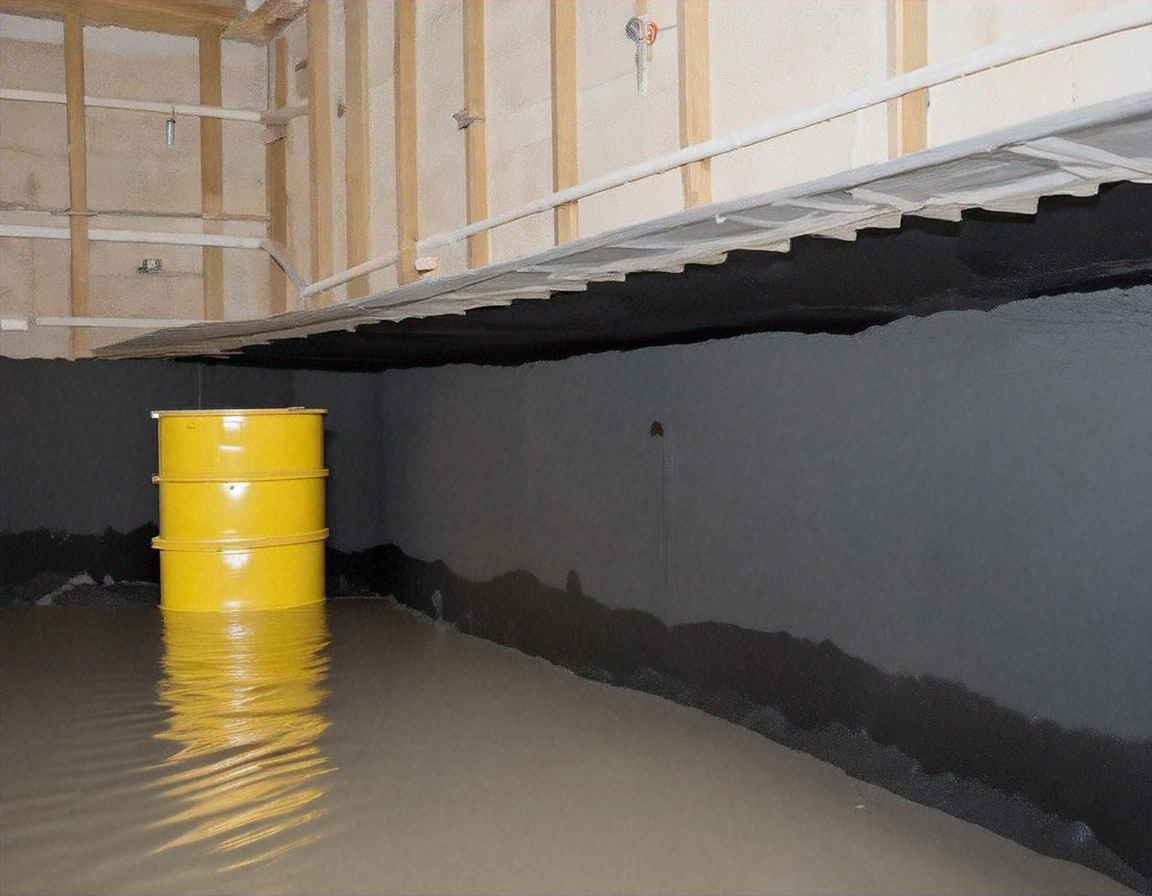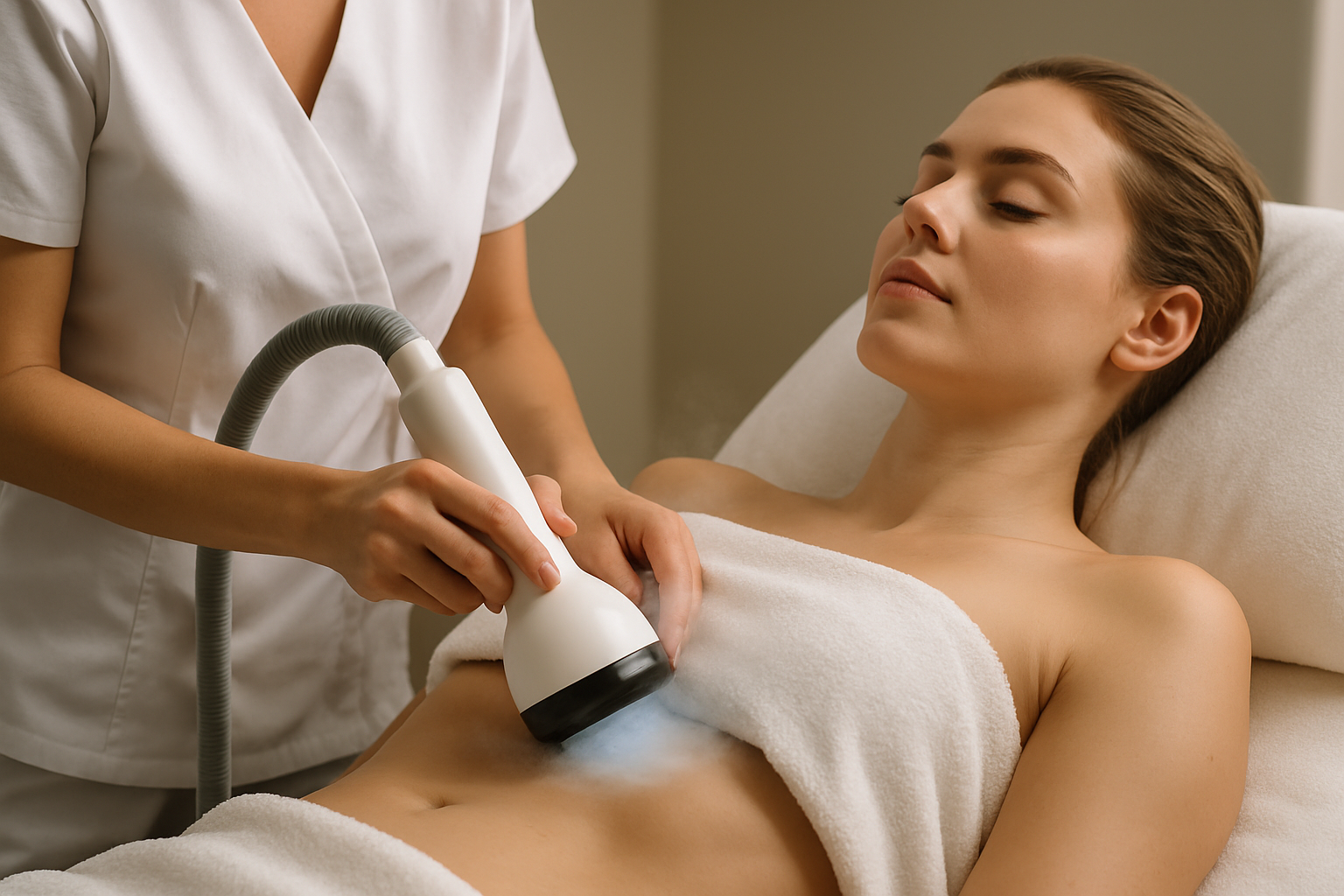Modern treatments for arm sagging
Arm sagging is a common concern linked to aging, weight changes, genetics, and sun exposure. Today there are surgical and nonsurgical ways to address it, from skin focused energy devices to arm lifting surgery. This guide explains what causes laxity, who benefits from each approach, and how results and recovery typically differ.

Arm sagging, often called bat wings, reflects changes in skin quality, fat distribution, and muscle tone. As collagen and elastin decline with age, skin loses recoil. Significant weight loss can also outpace the skin’s ability to contract, leaving excess tissue. Modern treatments target one or more of these factors, ranging from gradual collagen remodeling with energy devices to definitive removal of loose skin through surgery.
This article is for informational purposes only and should not be considered medical advice. Please consult a qualified healthcare professional for personalized guidance and treatment.
Understanding arm skin laxity
Arm skin laxity is largely driven by reduced collagen density, fewer elastic fibers, and changes in the extracellular matrix. Sun exposure accelerates these changes by breaking down collagen, while smoking impairs blood flow and repair. Rapid weight fluctuations stretch the skin and can weaken its structural proteins. Genetics also play a role, influencing baseline skin thickness and elasticity.
Not all sagging looks the same. Mild laxity shows as slight creping or a soft fold that appears when the arm is raised. Moderate laxity may include a visible overhang combined with stubborn fat along the triceps area. Severe laxity often follows major weight loss and presents as a significant drape of redundant skin. Muscle tone matters too. Stronger triceps can improve arm contour and support the soft tissues, though exercise alone cannot tighten skin that has lost elasticity.
Candidates for nonsurgical care usually have mild to moderate laxity and prefer minimal downtime. Those with a significant skin overhang, rashes under folds, or persistent discomfort are more likely to benefit from surgical removal of excess skin. An assessment will typically include skin pinch tests, evaluation of fat thickness, and a review of medical history and healing tendencies.
Arm lifting procedure options
An arm lifting procedure, known medically as brachioplasty, removes excess skin and may combine liposuction to refine fat contours. Incisions are most often placed along the inner arm from armpit to elbow, where the scar is less visible in a relaxed position. For patients with limited laxity close to the armpit, a mini arm lift may confine the incision to the axilla, trading a smaller scar for a more limited tightening effect.
Recovery from an arm lift commonly involves a compression garment, limited arm elevation during the first days, and gradual return to full activity over several weeks. Typical risks include scarring, asymmetry, fluid collection, numbness, and delayed healing. Scar care with silicone based products and sun protection can help optimize the appearance over time. A board certified plastic surgeon will discuss candidacy, scar placement, and realistic expectations during consultation. When exploring local services in your area, verify training, hospital privileges, and before and after photos that reflect similar body types.
Liposuction alone is most helpful when the skin has good recoil but excess fat is the main issue. In cases with poor elasticity, removing fat without addressing skin can accentuate laxity. Combining techniques is common, tailoring the approach to the degree of redundancy and the patient’s goals.
Radiofrequency treatment for skin tightening
Radiofrequency treatment for skin tightening uses controlled heat to warm the dermis and subdermal tissues, prompting collagen contraction and stimulating new collagen synthesis over several months. Noninvasive RF devices deliver energy through the skin surface using monopolar, bipolar, or multipolar configurations. Treatments are usually comfortable, require no incisions, and involve a series of sessions spaced weeks apart. Results are gradual and best suited for mild to moderate laxity.
RF microneedling adds insulated needles that deliver energy directly within the dermis, achieving a more targeted thermal effect while sparing the surface layer. This can improve fine creping and texture on the upper arms. Temporary redness, swelling, and pinpoint marks are common and typically resolve within days. While RF is generally safe across a wide range of skin tones, professional settings and appropriate parameters are important to minimize risks such as burns or pigment changes.
Other nonsurgical options may complement RF. Microfocused ultrasound targets deeper collagen structures with imaging guidance to avoid superficial overheating. Some laser and infrared devices can improve texture and fine lines but have limited impact on significant overhangs. For patients with localized fat and mild laxity, liposuction or injection lipolysis may refine contour, though neither replaces the tightening achieved by surgery when redundant skin is the main concern.
Ongoing care supports any approach. A protein rich diet, stable weight, strength training for the shoulders and triceps, and diligent sun protection help preserve results. Hydrating skin care with retinoids or peptides may support texture, though topical products alone cannot reverse pronounced laxity. In all cases, patience matters because collagen remodeling unfolds over months.
Conclusion Modern treatments for arm sagging span a spectrum. RF based options and related energy devices can subtly firm mild to moderate laxity with minimal downtime, while an arm lifting procedure offers a definitive solution for substantial excess skin at the cost of a longer scar and recovery. A personalized plan that accounts for skin quality, fat distribution, health history, and preference for recovery time will guide the choice between noninvasive care and surgery, with realistic expectations for both the pace and magnitude of improvement.



